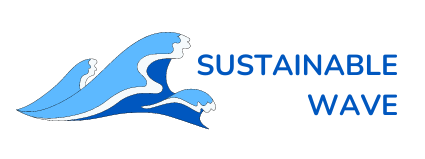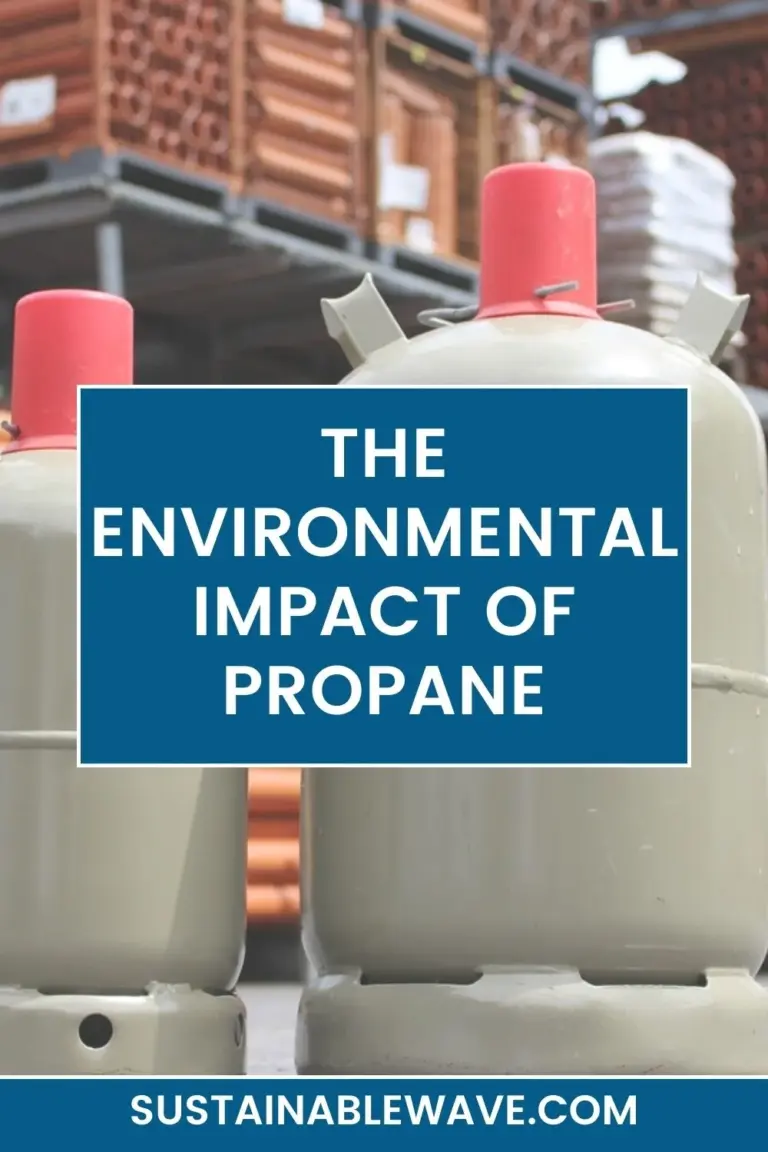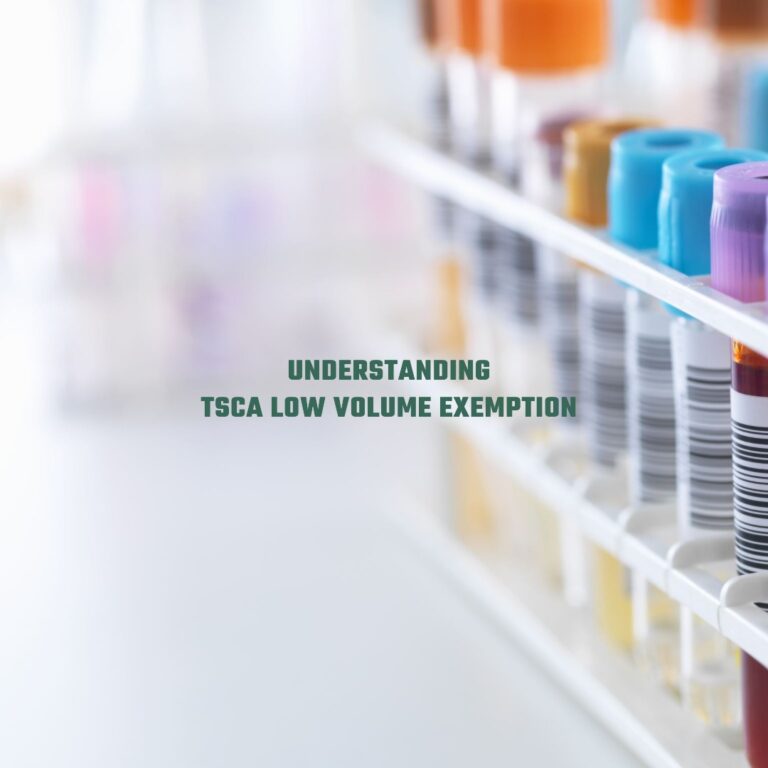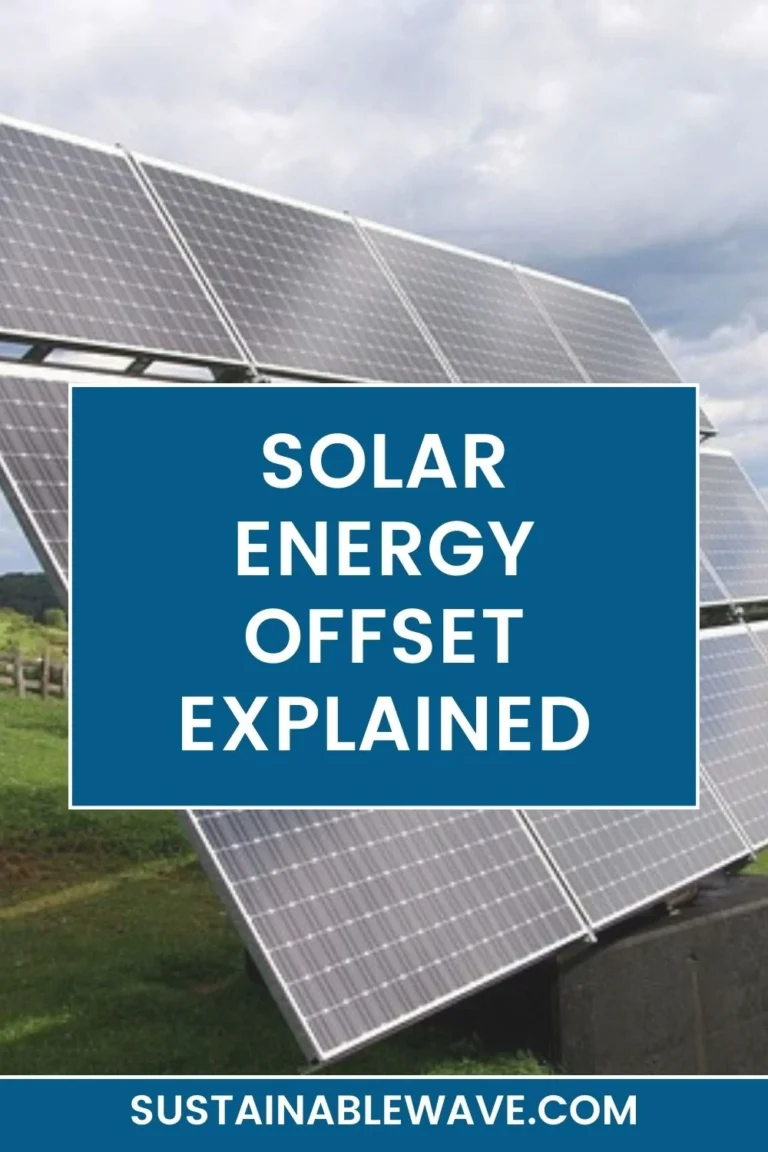Every day, in every corner of the world, societies generate waste and effectively dealing with this byproduct of human activity is a critical, if often overlooked, part of urban planning and environmental management.
Amidst the countless landfills scattered across the globe, the Baseline Landfill & Transfer Facility holds a distinct reputation for its size, efficiency, and eco-friendly operations.
This article will take you deep inside the world of the Baseline Landfill & Transfer Facility, highlighting its processes, environmental considerations, community impact, and more.
Inside The Baseline Landfill & Transfer Facility: An Overview
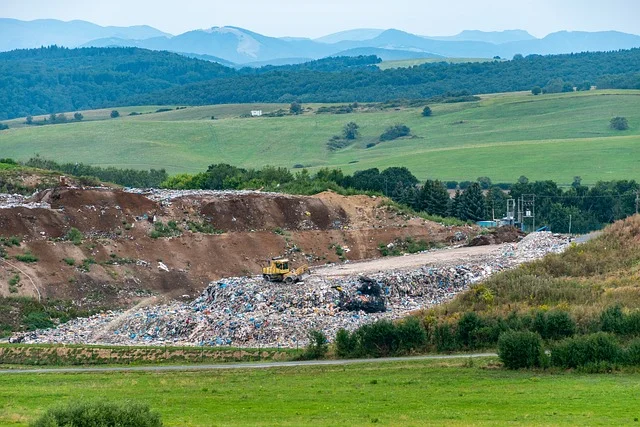
Often, we underestimate the meticulous planning and management that goes into waste disposal.
Inside the Baseline Landfill & Transfer Facility, these complexities unravel, revealing an organized system built to manage large-scale waste disposal efficiently.
The facility handles a significant volume of waste, all while maintaining an unwavering commitment to environmental sustainability.
Understanding the Concept of a Landfill & Transfer Facility
In essence, a landfill & transfer facility is a nexus where waste collection, sorting, and landfilling converge.
Let’s decipher what makes these operations tick and how they contribute to the broader waste management spectrum.
Inbound Waste
Every journey has a starting point, and for the waste that ends up at the Baseline Landfill & Transfer Facility, that beginning is the inbound process. The day starts early, with trucks lining up, each carrying tons of waste from all across the region. However, the facility doesn’t just accept any waste; there’s a robust inspection process in place.
Upon arrival, each truck is weighed on large scales to document the volume of waste entering the facility. Next, the waste undergoes a preliminary visual examination to check for prohibited items. Certain materials, like hazardous waste, are forbidden in standard landfills to prevent contamination. If any prohibited items are found, they’re removed for separate, appropriate disposal.
This meticulous process ensures that only acceptable waste enters the facility, a critical first step in effectively managing the vast amounts of waste processed every day at the Baseline Landfill & Transfer Facility.
Waste Sorting
After the preliminary checks at the inbound stage, the waste is then transferred to the sorting station. This phase is where the concept of ‘one man’s trash is another man’s treasure’ comes to life.
Advanced machinery separates waste into different categories, including plastics, metals, organic matter, and non-recyclables. Workers with keen eyes supplement this process, performing manual sorting to ensure nothing slips past the machines.
Sorting not only streamlines the subsequent steps of the waste management process but also helps recover valuable materials that can be recycled or repurposed. By doing this, the Baseline Landfill & Transfer Facility contributes to the circular economy, promoting resource efficiency and minimizing waste.
Transfer Operations
Once sorted, the waste is ready for its next journey within the facility – the transfer operations. This step may sound straightforward, but it’s a logistical feat requiring exceptional planning and precise execution.
Trucks specifically designed for carrying waste shuttle the sorted materials to their respective destinations within the facility. Some waste goes straight to the landfill, while recyclables are directed to a separate section for further processing.
The efficiency of the transfer operations ensures smooth flow throughout the facility. Well-planned routes and schedules prevent bottlenecks, maintaining a continuous movement of waste, which is essential to manage the sheer volume of waste the facility deals with daily.
Landfilling
The final destination for a portion of the waste is the landfill, but it’s not a simple matter of dumping garbage into a pit. Landfilling is a carefully engineered process designed to minimize environmental impact and make the best use of space.
At the Baseline Landfill & Transfer Facility, waste destined for landfilling is compacted into the smallest volume possible and layered with soil or a soil substitute. This layering process, known as ‘daily cover,’ helps reduce odor, keeps waste from being blown away by wind, and deters scavengers.
The landfill is designed with liners to prevent leachate, a liquid that forms when water mixes with waste, from seeping into the groundwater. Gas collection systems are installed to capture and treat harmful gases produced during waste decomposition.
The goal of landfilling is not just to get rid of waste, but to do it in a way that protects the environment, and the Baseline Landfill & Transfer Facility accomplishes this with its state-of-the-art landfilling practices.
Environmental Considerations: Beyond the Basics
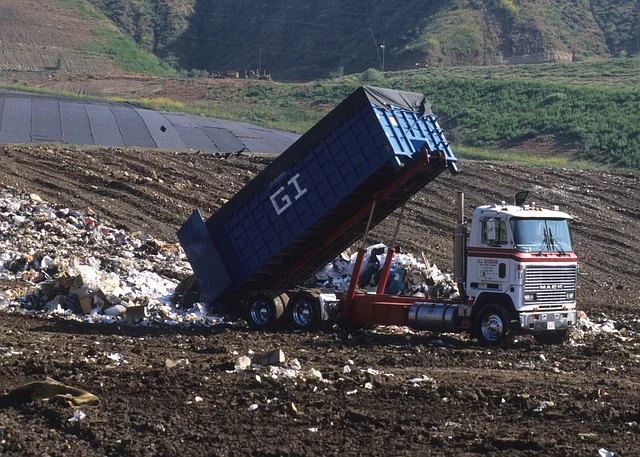
The Baseline Landfill & Transfer Facility isn’t just about waste disposal; it’s also about environmental responsibility. The management takes considerable strides to minimize the facility’s impact on the environment.
Waste management inherently poses various environmental challenges, from greenhouse gas emissions to the risk of water contamination. To counter these, the Baseline Landfill & Transfer Facility employs numerous innovative solutions.
For example, it has implemented advanced waste sorting techniques to maximize recycling, thereby reducing the amount of waste destined for landfilling. It also uses renewable energy produced from landfill gas, decreasing reliance on fossil fuels.
Moreover, the facility maintains an active reforestation program. After a section of the landfill is filled and sealed, it’s covered with soil and replanted with native vegetation, restoring the habitat and helping absorb carbon dioxide from the atmosphere.
Leachate Management
One of the primary environmental concerns at any landfill is leachate, the liquid produced when water trickles through waste and picks up various contaminants. If not carefully managed, leachate can seep into groundwater, posing severe environmental and health risks.
At the Baseline Landfill & Transfer Facility, leachate management is a top priority. The landfill uses a liner system to prevent leachate from reaching the groundwater. These liners are made of layers of clay and synthetic materials that serve as a barrier between the waste and the environment.
Collected leachate is then treated on-site or transported to local wastewater treatment plants where it’s cleaned to meet stringent environmental standards before being released. Through these measures, the facility ensures the protection of precious groundwater resources.
Landfill Gas Collection
Landfills aren’t generally associated with renewable energy, but they’re actually rich sources of it.
As organic waste decomposes, it generates landfill gas, primarily composed of methane, a potent greenhouse gas. Instead of letting this gas escape into the atmosphere, the Baseline Landfill & Transfer Facility harnesses it for energy.
The landfill uses a gas collection system composed of a network of pipes and wells that direct the gas to a central processing facility. Here, impurities are removed, and the gas is converted into a form that can be used to produce electricity. This energy is either used on-site or fed back into the local power grid, offering a green alternative to traditional fossil fuels.
The Community Connection
The Baseline Landfill & Transfer Facility isn’t just a waste disposal site. It’s an integral part of the community, contributing positively to the local economy and environment.
The facility provides numerous employment opportunities, from operations and maintenance roles to environmental specialists. In addition, it’s an economic asset, generating revenue through waste disposal fees and the sale of electricity produced from landfill gas.
Moreover, the facility supports community programs, whether it’s hosting educational tours for local schools or participating in community clean-up events. It’s a testament to how a landfill can go beyond its primary function and become a valuable community resource.
Education and Awareness Programs
Awareness is key to sustainable waste management, and the Baseline Landfill & Transfer Facility places high emphasis on educating the public about responsible waste practices.
The facility runs various outreach programs, including educational tours and workshops for schools, colleges, and community groups. Participants learn about the journey of waste, from arrival at the facility to landfilling or recycling, and the environmental considerations at each step.
Furthermore, the facility also conducts community events on special days like Earth Day, using these occasions to spread the word about recycling, composting, and waste reduction. Through these initiatives, the Baseline Landfill & Transfer Facility aims to inspire a greener, more sustainable future.
Workforce
Behind the Baseline Landfill & Transfer Facility’s impressive machinery and advanced systems is its dedicated workforce. The facility’s success hinges on these individuals who work tirelessly every day to ensure smooth operations and environmental safety.
Roles at the facility are varied and challenging, from machinery operators and sorters to environmental specialists and engineers. Each person plays a crucial part in the waste management process, whether it’s monitoring the arrival of waste, operating sorting machinery, overseeing transfer operations, or managing the landfilling process.
The facility also emphasizes continuous learning and skills development, providing its workforce with training opportunities to stay updated on the latest advancements in waste management. Despite the demanding nature of the work, the team’s spirit remains strong, driven by the knowledge that their work plays a crucial role in protecting the environment and serving the community.
Health and Safety
Working at a landfill and transfer facility comes with inherent risks, from handling heavy machinery to dealing with potential hazards in the waste stream. At the Baseline Landfill & Transfer Facility, worker health, and safety isn’t just a priority—it’s a fundamental value.
The facility’s comprehensive health and safety program includes regular training sessions, thorough risk assessments, and strict safety protocols. Personal protective equipment (PPE) is mandatory for all employees, and emergency response plans are in place to handle any potential incidents.
In addition, the facility’s design and operations adhere to stringent safety standards. For example, routes for vehicles within the site are carefully planned to prevent accidents, and machinery is regularly inspected and maintained to ensure safe operation.
The Baseline Landfill & Transfer Facility’s commitment to health and safety extends beyond its employees. It also aims to safeguard the health and safety of the community by ensuring the waste it manages is processed and disposed of in the safest way possible. This holistic approach to health and safety underscores the facility’s commitment to its workforce and the community it serves.
Marion County Baseline Landfill – A Brief History
The Baseline Landfill, located in Marion County, is steeped in history. Established in the 1980s, it initially served as a small-scale municipal landfill. However, growing waste management needs led to its expansion and transformation into the Baseline Landfill & Transfer Facility.
Today, it’s a state-of-the-art facility, renowned for its innovative practices in waste management, environmental protection, and community engagement.
This facility stands as a testament to the evolution of waste management, from simple disposal to a holistic approach encompassing recycling, energy recovery, and environmental conservation.
Baseline Landfill Working Hours
Operating with clockwork precision, the Marion County Baseline Landfill & Transfer Facility opens its gates bright and early, ready to serve the community’s waste management needs.
From Monday through Saturday, the facility operates from 7:00 AM to 5:00 PM. The Marion County Baseline Landfill is closed on Sundays and on certain holidays.
These extensive working hours ensure the facility effectively manages the continuous inflow of waste while providing the community with a reliable service for their waste disposal needs.
Final Words
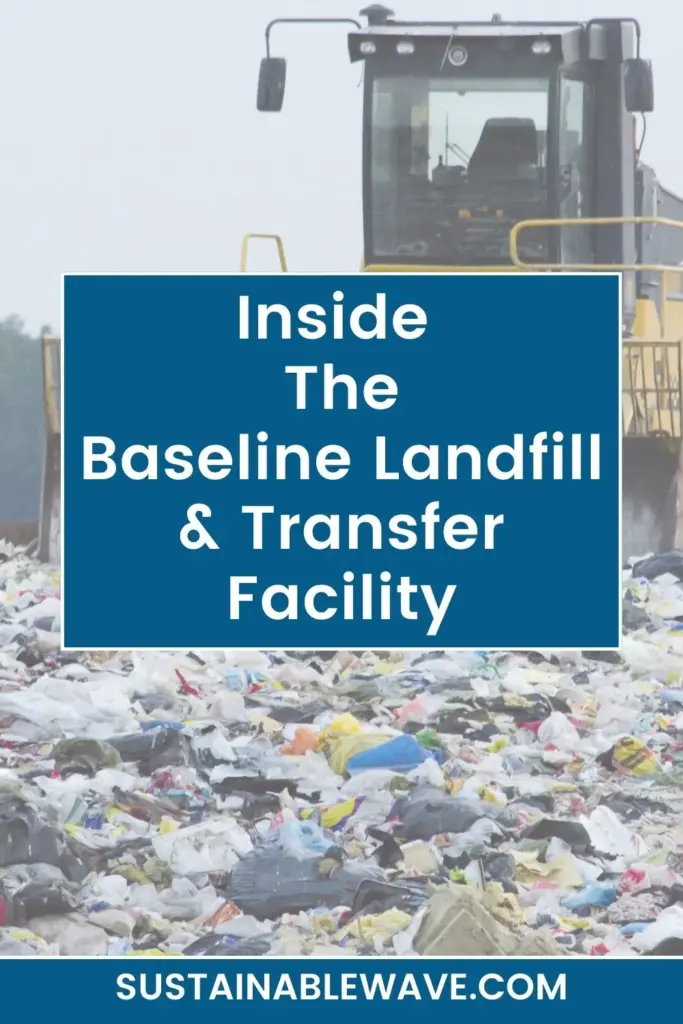
Understanding the nuances of waste management helps us appreciate the massive effort behind the scenes to keep our communities clean and sustainable.
Through this journey inside the Baseline Landfill & Transfer Facility, we hope you’ve gained valuable insights into the world of waste management and the crucial role these facilities play in our society.
Frequently Asked Questions
What waste materials can I bring to the Baseline Landfill & Transfer Facility? The Baseline Landfill & Transfer Facility accepts a wide range of waste materials, including household garbage, yard waste, recyclables, and construction debris. However, it doesn’t accept hazardous waste.
What is the tipping fee at Baseline Landfill? The tipping fee varies depending on the type and weight of the waste. It’s best to check Marion County Solid Waste’s official website or contact them directly for the most accurate and updated information.
How does the Baseline Landfill manage landfill gas? The facility collects landfill gas, primarily methane, using a network of wells and pipes. This gas is then processed and converted into electricity, thereby harnessing it as a renewable energy source.
Does the Baseline Landfill offer tours for the public? Yes, the Baseline Landfill & Transfer Facility offers educational tours for schools, community groups, and interested individuals. These tours provide an inside look at the operations of the facility.
What is done to prevent groundwater contamination at Baseline Landfill? Baseline Landfill uses a liner system to prevent leachate from seeping into groundwater. Collected leachate is then treated on-site or transported to wastewater treatment facilities.
How does the Baseline Landfill contribute to the local community? The Baseline Landfill contributes to the local community by offering employment opportunities, generating revenue through disposal fees and energy sales, and participating in community events and educational programs.
I’m Thomas, the owner of SustainableWave. Passionately promoting a sustainable planet. With experience in various eco-roles, I’ll share green tips, sustainability hacks, and personal eco-journeys on my blog.
